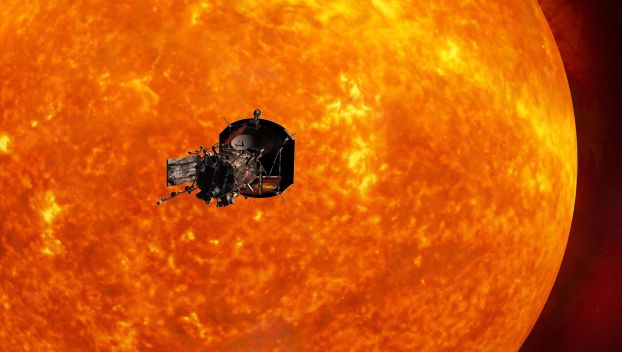
National News
NASA spacecraft will aim straight for sun next year
By Associated Press CAPE CANAVERAL, Fla. — A NASA spacecraft will aim straight for the sun next year ... Read more

By Associated Press CAPE CANAVERAL, Fla. — A NASA spacecraft will aim straight for the sun next year ... Read more